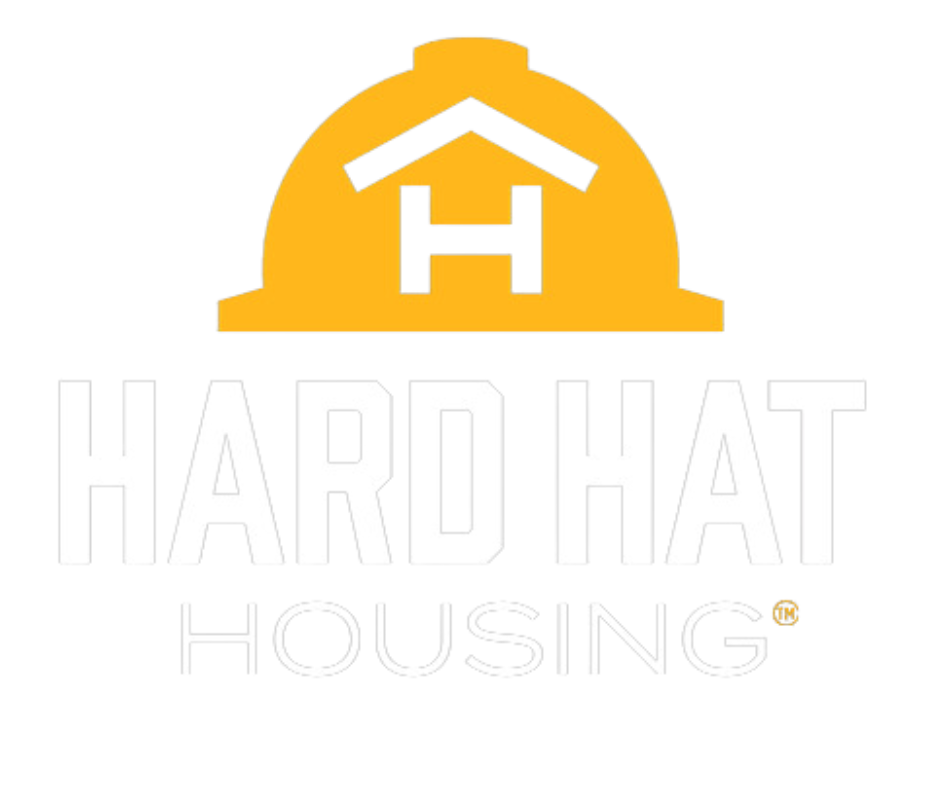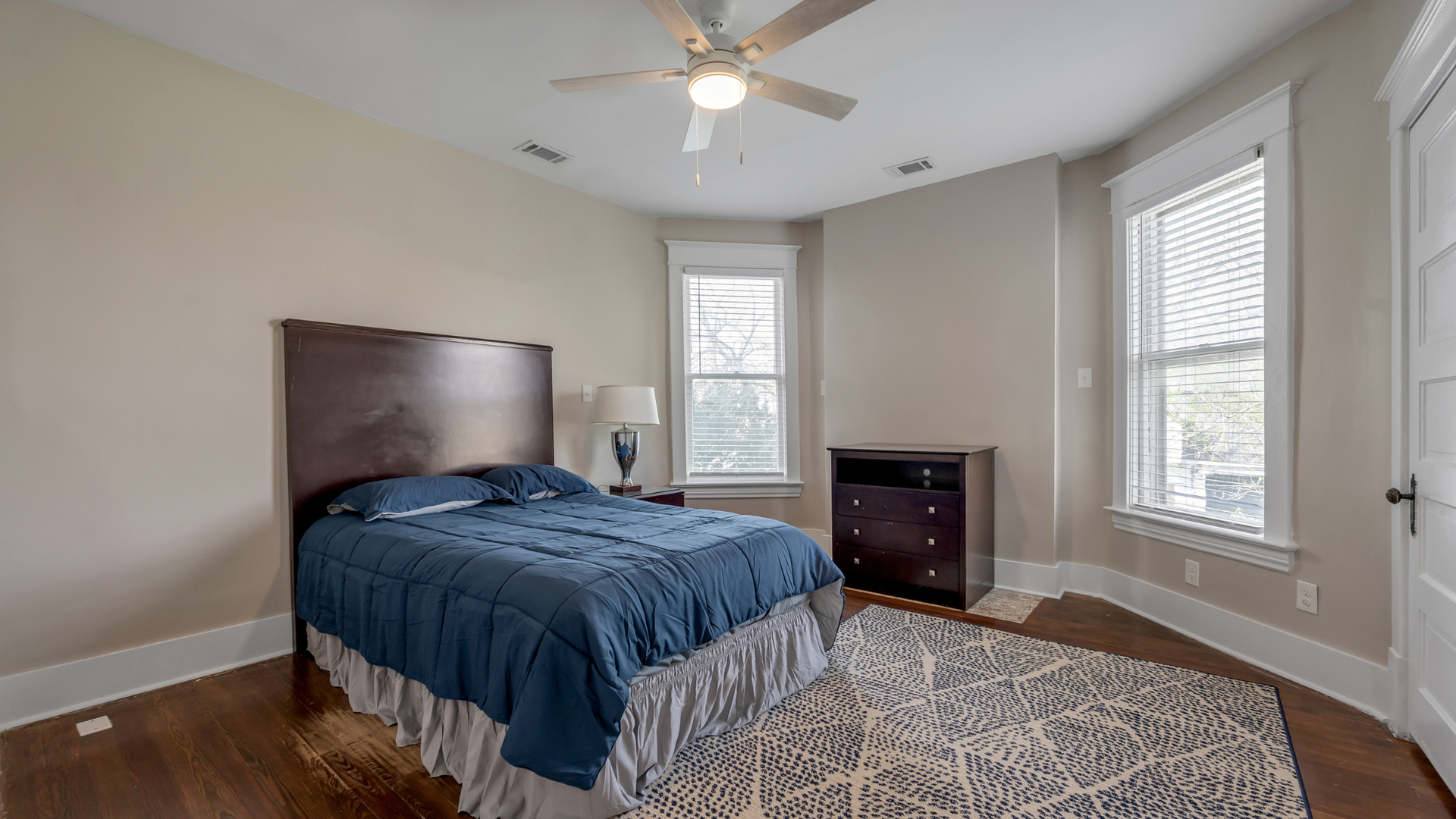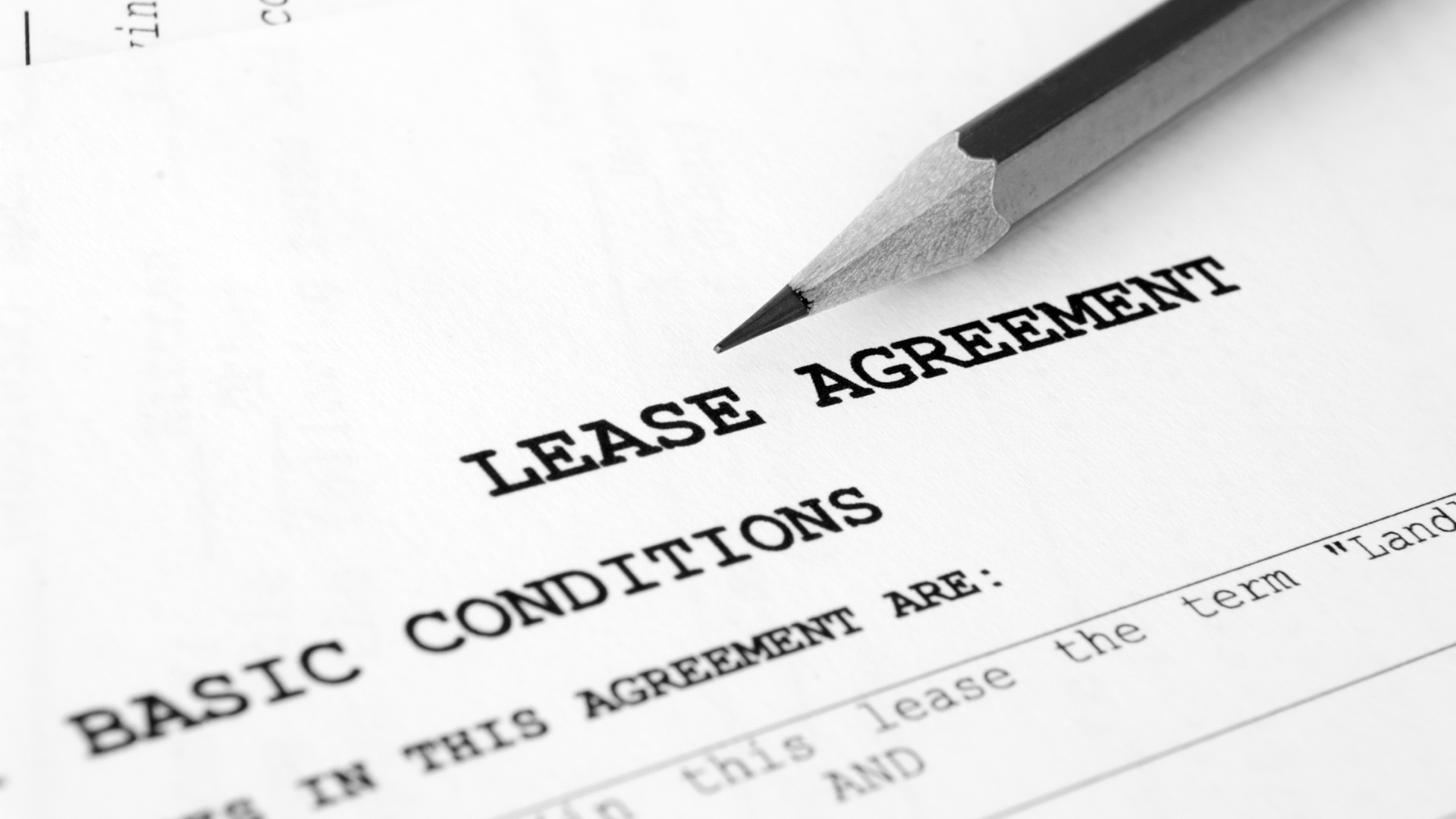How One Travel Manager Built a “Housing Bible” That Saved $250k
If your jobs move faster than your housing process, you pay twice, once in room rates and again in lost time. That was the reality for a U.S. construction firm whose travel manager was firefighting every mobilization: week‑to‑week hotel searches, last‑minute Airbnb scrambles, and mileage reimbursements ballooning with long commutes. The fix was not a new app. It was a living document the team called a “Housing Bible,” a tight set of standards, templates, vendor lists, and negotiation checklists that turned housing from a scramble into a repeatable system. Within one season, the company documented more than $250k in avoided costs while improving crew morale. This article reverse‑engineers that system so you can build your own, and it points to practical housing solutions for construction managers who need near‑site, reliable stays at scale.
What a “Housing Bible” Looks Like in Construction
At its core, the Housing Bible is a one‑stop standard for any job that puts people on the road. It defines non‑negotiables (beds, bathrooms, kitchens, laundry, parking for trucks and trailers), sets a maximum commute radius, codifies how you compare options, and captures preferred terms for contracts and extensions. Standardizing how you scope, source, and secure lodging reduces variance, shortens the learning curve for new coordinators, and improves project outcomes, benefits that align with current project‑management research on the value of standardized processes across industries.
A good Housing Bible also treats rest as risk control. Federal safety researchers have linked fatigue and long hours to higher crash and incident risk, which rise after consecutive days of inadequate sleep. Prioritizing housing close to the site and requiring real beds for every worker protects people and schedules. Build these expectations into your checklist so crews do not spend weeks living out of hotel microwaves with poor sleep and long daily drives.
The Sourcing Playbook: From Per Diem Reality to Terms That Stick
Start with reality, not wishful thinking. Benchmark your market against current federal baselines. For FY2025, the General Services Administration’s standard CONUS per diem shows lodging at $110 and meals and incidentals at $69 for many U.S. counties, with higher caps in expensive areas. Even if your policy is not tied to GSA, these numbers anchor a fair target when you compare extended‑stay hotels, corporate housing, and furnished rentals.
Then set three lenses for every quote: cost per person per night, distance to site, and functionality. Hotels are convenient to book but remain pricey.
National data shows U.S. average daily rate (ADR) hovered around $159 in 2024 and roughly $162 in 2025, and mid‑year 2025 ADR snapshots regularly print above $160. For multi‑week crews, three hotel rooms at ADR often lose to a multi‑bed furnished home with a full kitchen and laundry. Hard Hat Housing routinely cites 25–35% savings versus hotels for 30‑plus‑night stays, driven by shared kitchens, included utilities, and lower tax burdens.
Terms matter as much as price. Marketplace platforms are evolving in ways that can add volatility to mission‑critical stays. Airbnb’s updated cancellation framework adds a universal 24‑hour free cancellation window for sub‑28‑night stays starting October 1, 2025, while phasing out older “Strict” options for many listings. That is friendlier to guests, but it can introduce churn for job‑critical bookings. For 28‑night‑plus reservations, Airbnb typically bills guests monthly installments, which can create mid‑project payment dependencies and different cancellation dynamics compared with traditional leases. If you rely on marketplaces, your Housing Bible should specify the policy type you will accept and your backup plan if an owner cancels.
The Seven Building Blocks That Turn Chaos Into Savings
- A property‑fit checklist. Write down minimums for beds, bathrooms, kitchen, in‑unit laundry, secure parking, Wi‑Fi speed, and noise expectations. Make “commute under 30 minutes” the default unless the site is truly remote. This checklist protects sleep quality, which is linked to safety on and off the job.
- A commute policy with real dollars. Mileage is not cheap. The IRS business mileage rate is 70¢ per mile for 2025. On projects with 10 travelers, a daily round trip of 30 miles costs roughly $210 per day before overtime or delays. Your Housing Bible should spell out how you trade a slightly higher nightly rate for a much shorter drive.
- A rate‑setting template. Anchor negotiations to both GSA benchmarks and current hotel ADRs in your market. If ADR is trending near $160 and you are booking 3 rooms, you can compare that against a three‑bedroom house with kitchens and laundry at a total that is 25–35% lower. Your template should compute cost per person per night and total cost of occupancy, including cleaning and utilities.
- A cancellation and extension clause library. Spell out acceptable cancellation terms, mid‑stay extension options, and early‑termination formulas before you book. If you use marketplaces, document which Airbnb policy types are allowed and the internal steps when a host seeks to cancel. Hosts can cancel, and the landscape is shifting toward more guest‑flexible rules. Build your countermeasures into the playbook rather than improvising under pressure.
- A documentation kit. Keep unit addresses, headcounts by night, move‑in/out dates, cleaning logs, maintenance tickets, and all invoices in a single shared folder. Standardization reduces variance and speeds audits. PMI’s recent research underscores the value of disciplined, repeatable processes in driving outcomes across industries—your housing ops should follow suit.
- A feedback loop. After each mobilization, capture what worked and what did not: commute times, noise, parking, and how quickly issues were resolved. Open forums remind us that when platforms or properties fail, coordinators and crews suffer. Hosts and guests alike report cancellations, noise disruptions, and last‑minute changes that derail plans. A simple debrief adds lessons back into your Bible so the next project benefits immediately.
Where the $250k Came From: A Straightforward Construction Math
Every company’s numbers differ, but here is how the travel manager’s team tallied savings using 2024–2025 baselines:
1) Fewer hotel nights at higher ADRs. Before the Housing Bible, a typical mobilization booked 90 hotel room‑nights per week for 24 weeks across multiple markets. With ADR hovering in the $156–$162 band nationally, that line alone approached $350k. By shifting half of those nights to furnished homes with kitchens and laundry and negotiating multi‑month terms, the team captured 25–35% savings on those stays. Savings realized across the season: about $95k.
2) Commute compression. Prior housing routinely pushed crews 25–40 miles away. With a hard 20–30‑minute radius and near‑site sourcing, average round‑trip mileage dropped by 18 miles per traveler. At 70¢ per mile and 50 traveler‑days per week over 24 weeks, that shaved roughly $15k in mileage reimbursements alone, not counting time back on the schedule.
3) Meal costs and downtime. Kitchens turn $20 takeout into $7 grocery meals. Multiply a $13 delta by four dinners per worker per week for 50 worker‑weeks over 24 weeks and you find another ~$62k that no longer leaks from per diem or card charges. GSA’s M&IE baseline helps frame those assumptions and set policy caps.
4) Retention and turnover avoidance. Better sleep, shorter drives, and private rooms kept crews steadier. Even preventing a single resignation or mid‑project exit pays for the system. Gallup estimates replacing a technical professional can run around 80% of salary and frontline roles about 40%. On a $70k technician, that is $56k that never leaves the budget.
Add the line items and you reach a realistic six‑figure result. Your mix will differ, but the math tracks because it leans on current rates, widely cited turnover cost ranges, and hard constraints the Housing Bible controls: ADR exposure, mileage, meals, and cancellations.
Where We Fit: The Fastest Way to Operationalize Your Playbook
You can build this yourself—and many teams do—or you can partner with a specialist designed around housing solutions for construction managers. Our service places crews in vetted, near‑site homes and apartments with private bedrooms, full kitchens, laundry, included utilities and Wi‑Fi, monthly cleanings, and 24/7 support. Instead of reconciling dozens of hotel folios, you receive one monthly invoice with no hidden fees and flexible terms that match project timelines. Many clients see 25–35% savings compared with traditional hotels over multi‑week stays, especially when kitchens and laundry lower food and downtime costs.
System beats heroics
Housing will never be friction‑free. Weather, schedules, and markets change. But when you swap ad‑hoc bookings for a documented, repeatable system, the noise drops, costs flatten, and crews perform better. That is why the “Housing Bible” concept endures: it teaches your organization how to deliver near‑site, functional, reliable housing every time and puts you on a path to the kind of savings and stability that keeps projects on schedule. If you need a partner to operationalize the playbook quickly, we are built for exactly that.
Ready to turn housing chaos into a documented system that saves real money?
Contact us to scope near‑site, crew‑ready options and jump‑start your Housing Bible today.













